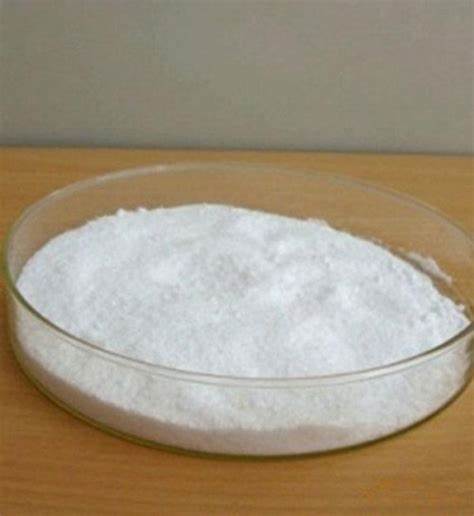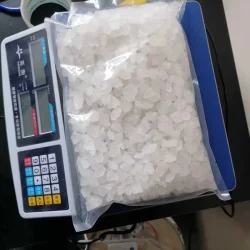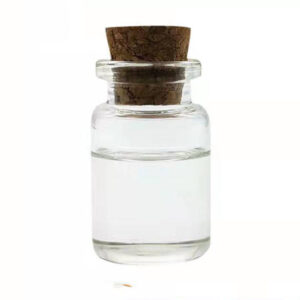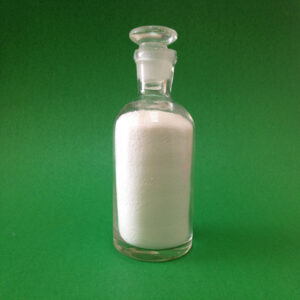Buy Factory Potassium tert-butylate/ CAS NO. 865-47-4
Buy Potassium tert-butylate CAS-865-47-4. Buy Factory Potassium tert-butylate/ CAS NO. 865-47-4. Potassium tert-butoxide is the chemical compound with the formula K+(CH3)3CO−. This colorless solid is a strong base (pKa of conjugate acid around 17), which is useful in organic synthesis. It exists as a tetrameric cubane-type cluster. It is often seen written in chemical literature as potassium t-butoxide. The compound is often depicted as a salt, and it often behaves as such, but it is not ionized in solution.
Factory Price Potassium tert-butylate Buy
Buy potassium tert-butoxide reaction
important organic base. The alkalinity is greater than that of potassium hydroxide. Due to the
induction effect of (CH3) 3Co trimethyl, it has stronger alkalinity and activity than other alcohol
potassium, so it is a good catalyst. In addition, as a strong base, buy potassium TERT butanol is
widely used in organic synthesis such as chemical industry, medicine and pesticide, such as
transesterification, condensation, rearrangement, polymerization, ring opening and the production
of heavy metal orthoesters. Buy Factory Potassium tert-butylate/ CAS NO. 865-47-4
| Item | Standard |
| Product Name | KTB,Potassium tert-butylate,Potassium t-butoxide |
| Purity | ≥99% |
| CAS NO | 865-47-4 |
| EINECS No. | 212-740-3 |
| Appearance | White powder crystal |
| Density | 0.910 g/cm³ |
| melting point | 256-258 ºC (dec.)(lit.) |
| Boiling Point | 275ºC |
| Free base (NaOH)% | ≤1.5 |
| Molecular Formula | C4H9OK |
| Application | Used in the organic synthesis and pharmaceutical |
Potassium tert-butylate uses
1.Used in pesticide, medicine, printing and dyeing, catalyst, etc.
2.As a strong base, it is widely used in condensation, rearrangement and ring opening reactions in organic synthesis such as chemical industry, medicine and pesticide. Buy Factory Potassium tert-butylate/ CAS NO. 865-47-4
Preparation of Potassium tert-butylate CAS-865-47-4
Potassium t-butoxide is commercially available as a solution and as a solid, but it is often generated in situ for laboratory use because samples are so sensitive and older samples are often of poor quality. It is prepared by the reaction of dry tert-butyl alcohol with potassium metal. The solid is obtained by evaporating these solutions followed by heating the solid. The solid can be purified by sublimation at 220 °C and 1 mmHg. Sublimation can also take place at 140 °C and 0.01 hPa. It is advisable to cover the raw material with glass wool, as potassium tert-butanolate tends to “bounce”, so parts can be thrown up during the sublimation. The anhydrous removal using an inert sublimation apparatus is particularly advantageous. Buy Potassium tert-butylate CAS-865-47-4
Structure of Potassium tert-butylate CAS-865-47-4
Potassium tert-butoxide crystallises from tetrahydrofuran/pentane at −20 °C as , which consists of infinite one-dimensional chains linked by hydrogen bonding. Sublimation of affords the tetramer 4, which adopts a cubane-like structure. Mild Lewis basic solvents such as THF and diethyl ether do not break up the tetrameric structure, which persists in the solid, in solution and even in the gas phase. Buy Potassium tert-butylate CAS-865-47-4
Applications of Potassium tert-butylate CAS-865-47-4
The tert-butoxide species is itself useful as a strong, non-nucleophilic base in organic chemistry. It is not as strong as amide bases, e.g. lithium diisopropylamide, but stronger than potassium hydroxide. Its steric bulk inhibits the group from participating in nucleophilic addition, such as in a Williamson ether synthesis or an SN2 reaction. Substrates that are deprotonated by potassium t-butoxide include terminal acetylenes and active methylene compounds. It is useful in dehydrohalogenation reactions. Buy Potassium tert-butylate CAS-865-47-4
Potassium tert-butoxide catalyzes the reaction of hydrosilanes and heterocyclic compounds to give the silyl derivatives, with release of H2. Buy Potassium tert-butylate CAS-865-47-4
Modifications of Potassium tert-butylate CAS-865-47-4
Many modifications have been reported that influence the reactivity of this reagent. The compound adopts a complex cluster structure (the adjacent picture is a simplified cartoon), and additives that modify the cluster affect the reactivity of the reagent. For example, DMF, DMSO, hexamethylphosphoramide (HMPA), and 18-crown-6 interact with the potassium center, enhancing the basicity of the butoxide. Schlosser’s base, a mixture of the alkoxide and an alkyl lithium compound, is a related but stronger base. Buy Potassium tert-butylate CAS-865-47-4
Reactions potassium tert-butoxide
Potassium tert-butoxide reacts with chloroform yielding dichlorocarbene,the reaction can result in ignition. Potassium tert-butoxide should never be added to dichloromethane, as the reaction of 1,5g of potassium tert-butoxide with drops of dichloromethane can result in ignition over 2min. Buy Potassium tert-butylate CAS-865-47-4
As a base, potassium tert-butoxide can extract a beta-proton and form the Hofmann product via an elimination reaction. This reaction has a high synthetic value as it can set up further reactions of the resultant alkene, especially regiochemical reactions. Buy Potassium tert-butylate CAS-865-47-4
potassium tert-butoxide nucleophile
potassium tert-butoxide safety
potassium tert-butoxide structure
potassium tert-butoxide molar mass
potassium tert-butoxide cas
potassium tert-butoxide msds
potassium tert-butoxide in thf
potassium tert-butoxide reaction






Reviews
There are no reviews yet.